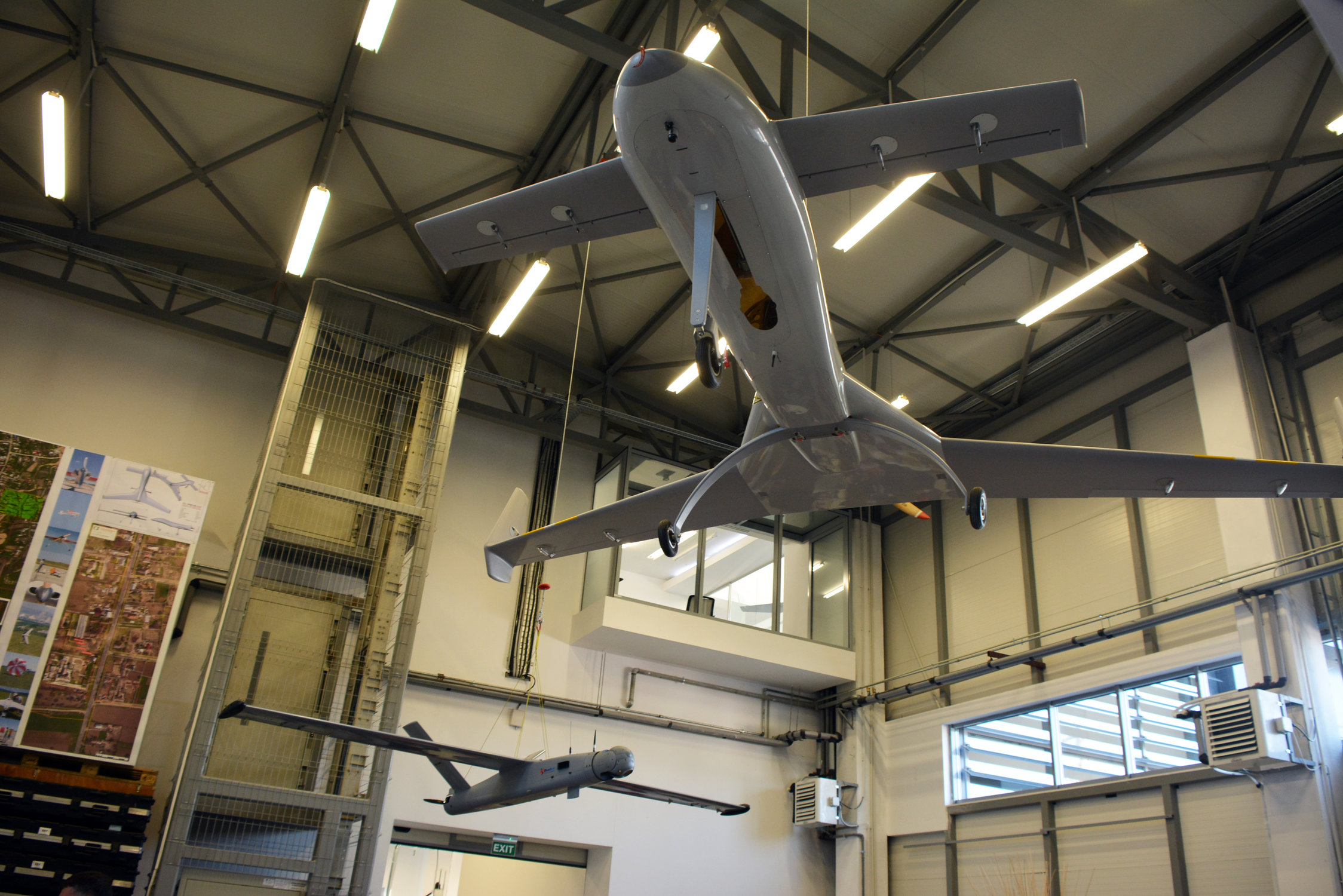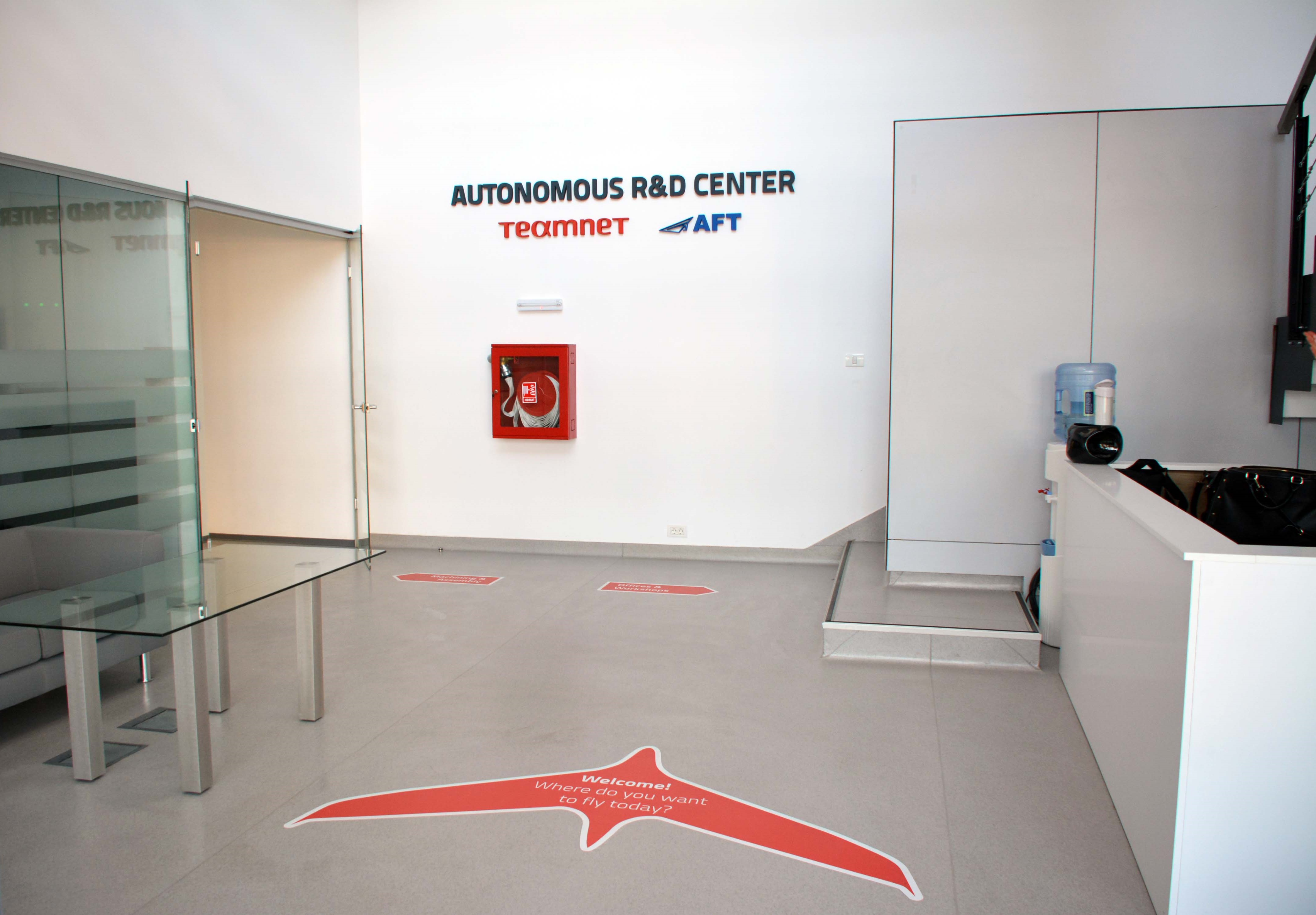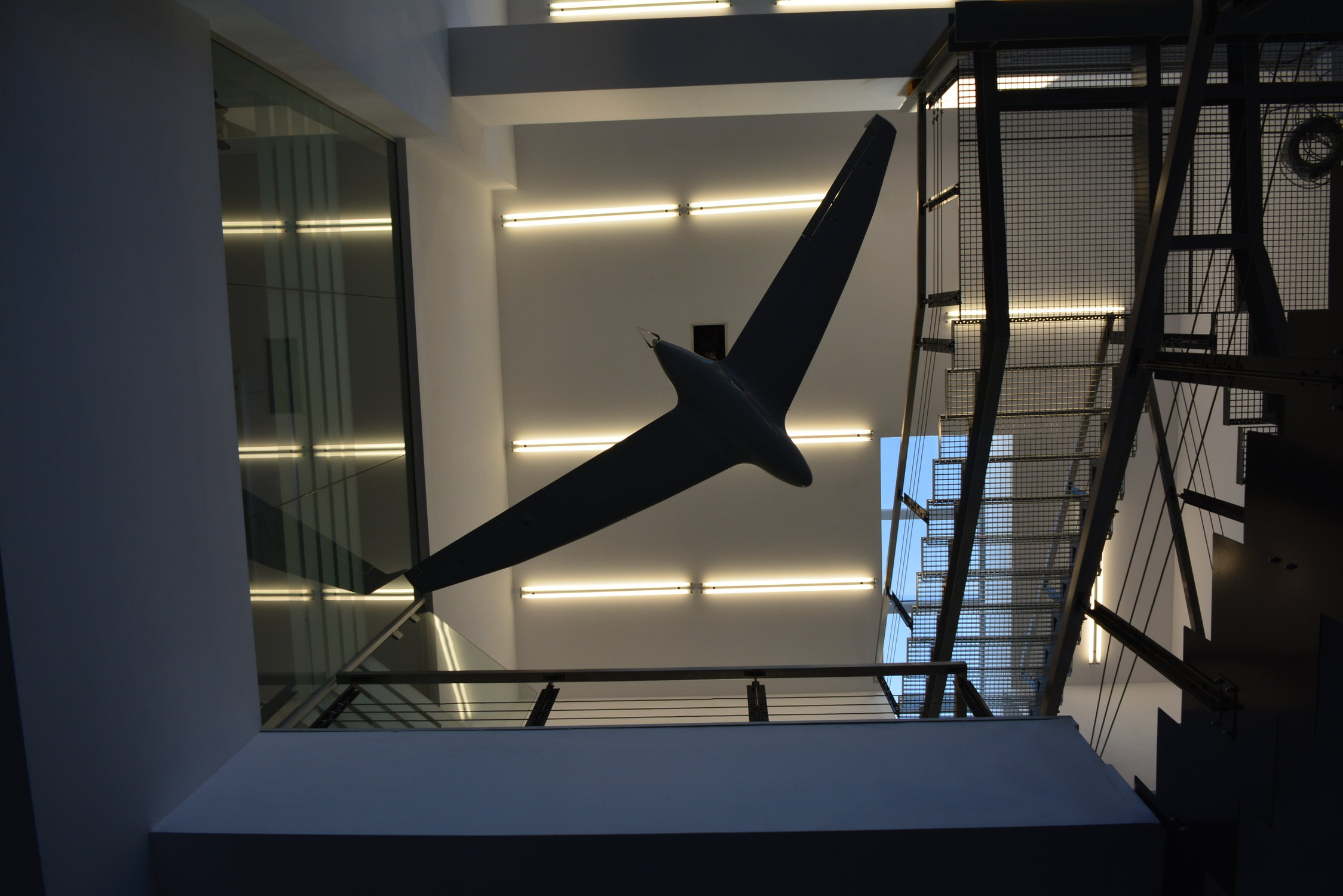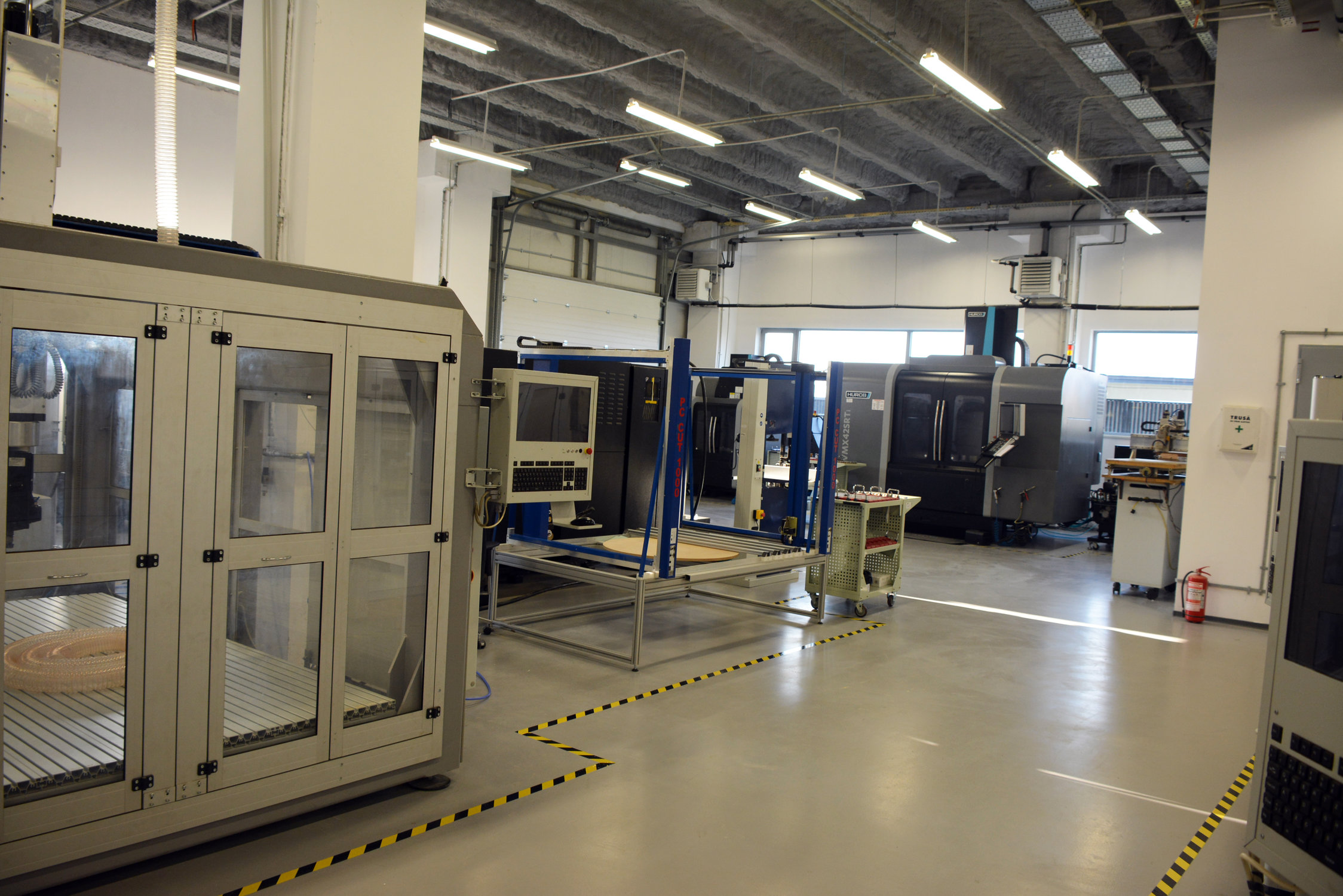
At the beginning of 2017, Teamnet Group will operationalize the first research and development center for autonomous robots in Romania

Bucharest, December 13th, 2016. At the beginning of 2017, Teamnet Group, one of the leading system integrators in the region, together with AFT Design, will operationalize the first research and development center of autonomous systems in Romania. “Autonomous R&D Center” has been developed in two years and represents the first initiative of its kind in the country and one of the most important in Central and Eastern Europe.
Three types of autonomous robots will be created in the research center: in the first stage, unmanned aircrafts, with terrestrial and naval systems to be created in the next few years. The center will also ensure product development from the prototype and zero series to serial manufacturing.
”The operationalization of the research and production center of autonomous systems, located near Clinceni aerodrome, is currently in process. Apart from already known products such as Hirrus UAV and Signus tactical aircraft, we will have the opportunity to develop other types of autonomous aerial systems, together with our partners in the aviation and robotics fields, such as Airbus and BlueBird. In addition, we plan the expansion of the partners’ network in the region”, said Bogdan Padiu, Teamnet Group CEO.
Hirrus UAV, which was built together with AFT Design, is the first 100% Romanian autonomous aircraft, used by authorities internationally. Teamnet has completed an integrated information system based on UAV (Unmanned Aerial Vehicles), GIS (Geographic Information System) technologies for the Internal Affairs Ministry of Serbia, and mobile and command and control centers. Thus, the inhabitants in the border area benefit from an increased level of safety by procedure improvement and response speed in case of floods, fires or other natural disasters. The most recent mission where Hirrus flew took place at the beginning of December this year, for the fires monitoring in the Staroj Planini area.
”For next year, we plan to introduce R&D facilities and the products developed within the center in the unique register of production capacities in the field of defense, for UAV equipment and command and control centers,” added Bogdan Padiu.
Teamnet invests annually 10% of its turnover in research and development projects. According to Gartner, in terms of trends, autonomous systems are currently in the innovation area, while the plateau of productivity is estimated to be reached by 2020.
Globally, the number of unmanned aircrafts used by large and grand companies is estimated to go beyond 800,000 by 2021, almost eight times more compared with this year’s level, according to a research made by Business Insider (BI) Intelligence. The BI report also states the UAV industry is to exceed €10 billion in the next five years.
”The novelty brought by this research center is the speed with which we can iterate and innovate. The layout is created inside the design department with a state-of-the-art software, component processing is made with high-accuracy numerically-commanded machines, whilst air testing is sometimes executed on the very same day to validate improvements to the craft. Software, electronics, fine mechanics and aeronautics are the university areas of expertise from which we continually scout for young passionate engineers to build a career in a field of excellency, that of robots”, said Emanuel Popp, AFT Design General Manager.
There are four main UAV typologies: toys (their characteristics being their flying ability and small dimensions; these may incorporate sensors and cameras), commercial UAVs (built to fly in the open air; they are pre-set to fly, but cannot support flying on larger distances or the necessary autonomy to perform complex missions), Enterprise UAVs, such as Hirrus (especially destined for professional purposes, by video transmission or collection of high-resolution images) and finally, military UAVs. The unmanned Enterprise aircrafts have a sensor integration capacity with a higher performance level than the other categories (« toys » and « commercial drones ») and can deliver autonomy and stability.






